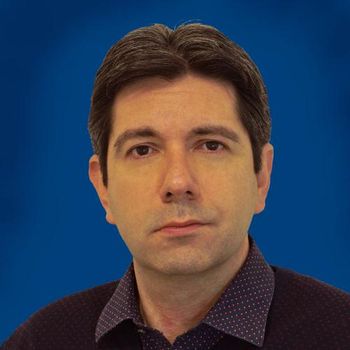
Converting Sound Waves into Electricity
For the first time, scientists from Lawrence Livermore National Laboratory (Livermore, California) have converted the highest frequency sound waves into electricity by reversing the process that converts electrical signals to sound.
For the first time, scientists from Lawrence Livermore National Laboratory (Livermore, California) have converted the highest frequency sound waves into electricity by reversing the process that converts electrical signals to sound. The researchers predicted that high-frequency acoustic waves could be detected by seeing radiation emitted when the acoustic wave passes an interface between piezoelectric materials.
Very high-frequency sound waves have wavelengths approaching the atomic-length scale. Although detection of these waves is challenging, they are useful for probing materials on very small length scales.
According to Evan Reed, one of the study’s lead researchers, that is not the only application. “This technique provides a new pathway to generation of terahertz (THz) radiation for security, medical, and other purposes,” he said. “In this application, we would utilize acoustic-based technologies to generate THz.” Medical applications of this technique might include detection of skin cancer, while security applications include explosives detection.
Newsletter
Get essential updates on the latest spectroscopy technologies, regulatory standards, and best practices—subscribe today to Spectroscopy.





